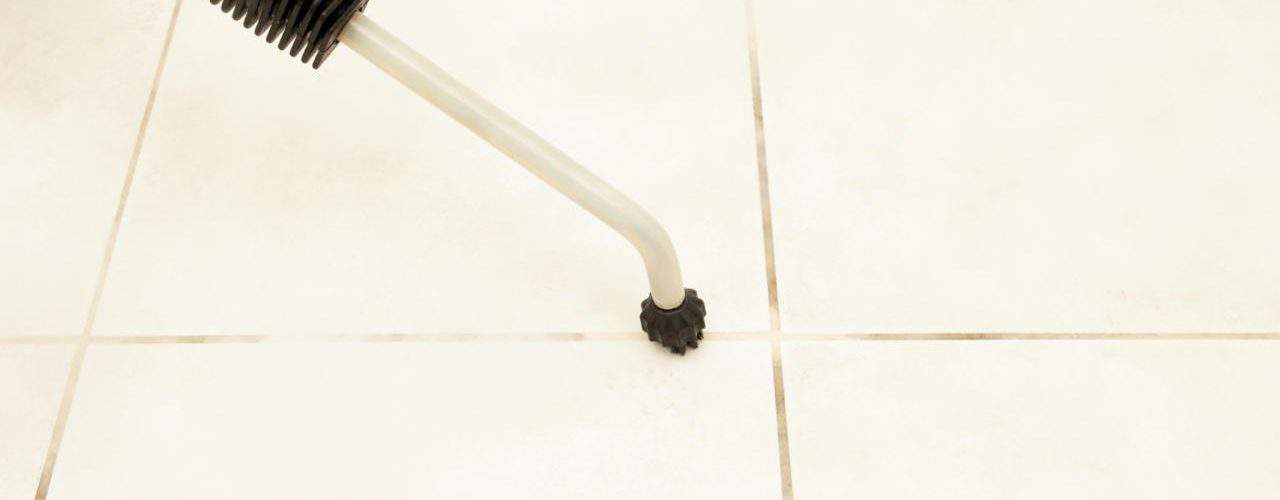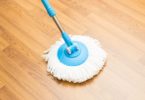The grout in between tiles starts out being white and sparkly, but over time mildew and mold can spring up on the grout making it look dirty and discolored. Grout is usually used between tiles that are found somewhere near water like on the bathroom floor and walls, or on the kitchen countertop or backsplash. Though tile and grout is a good surface because it is convenient for easy cleanup some water usually still remains behind on the counters after they are wiped down or in the bathroom after a steamy shower.
Grout only needs to be cleaned every so often because the mold and mildew does not collect heavily enough to have to be thoroughly cleaned all the time. Grout can start to look like it needs a cleaning once every couple of months. The first time you give the grout a thorough cleaning it is also good to note that there are preventative cleaners that can be sprayed on the tile to make it harder for mold and mildew to grow back on the grout. These sprays are really very nice because it extends the time that the grout stays clean meaning less scrubbing for you.
There are two schools of thought when it comes to cleaning grout and household cleaning in general. There are the people that are sticklers for all natural cleaners and there are those who swear by chemical cleaners. The truth is that both types of cleaners kill bacteria and germs and both will remove the grout. The type of cleaner that is used really depends on your preference. Some people prefer to use baking soda and water or white vinegar to try and clean the grout. This method of cleaning grout is effective and the chemicals in baking soda and white vinegar are not harsh on the lungs so little ventilation is needed in the room. To clean with either baking soda and water or white vinegar, start by pretending you are brushing teeth. Use an old toothbrush or stiff brush and make a paste of baking soda with water and apply it on the brush like tooth paste. Scrub the grout in circular motions and the dirt and grime will begin to lift away from the grout. It is better to start with a small amount of baking soda and water so you can see what you are doing. Using too much will prevent you from seeing the grout. When working with white vinegar it is easier to use more at a time. It is suggested to work in small sections when working with either cleaner. After the solutions have been worked into the grout it can be washed away using a wet sponge. Make sure to dry the area thoroughly after cleaning to prevent the regrowth of mold and mildew.
If the natural household cleaners do not work well for lifting the grout in your home you can also use household cleaners that you already have like Scrubbing Bubbles or Mr. Clean. These household cleaners usually do a good job at removing the stains from the grout and can be used in the same way as the above listed cleaners but the only adjustment to cleaning is that you should use the amount reccommended on the bottle, the area you are cleaning should be well ventilated and you should wear cleaning gloves on your hands to protect them from chemical burns.
The next step to take if these cleaners are not lifting up the grout stains is to use bleach to clean the grout. Never pour the bleach directly on to the tiles or grout because bleach can be too strong to use directly on a surface. Using the bleach directly on the tile can damage it so make sure to always water down and dilute the bleach according to what it says on the bleach instructions. Always wear gloves when using bleach and be sure to open windows and use a fan for circulation. The bleach should really penetrate deep down into the cracks and pores of the grout and remove the most stubborn grout stains. A little bit of household cleaning bleach can always finish up the cleaning job.
<>






